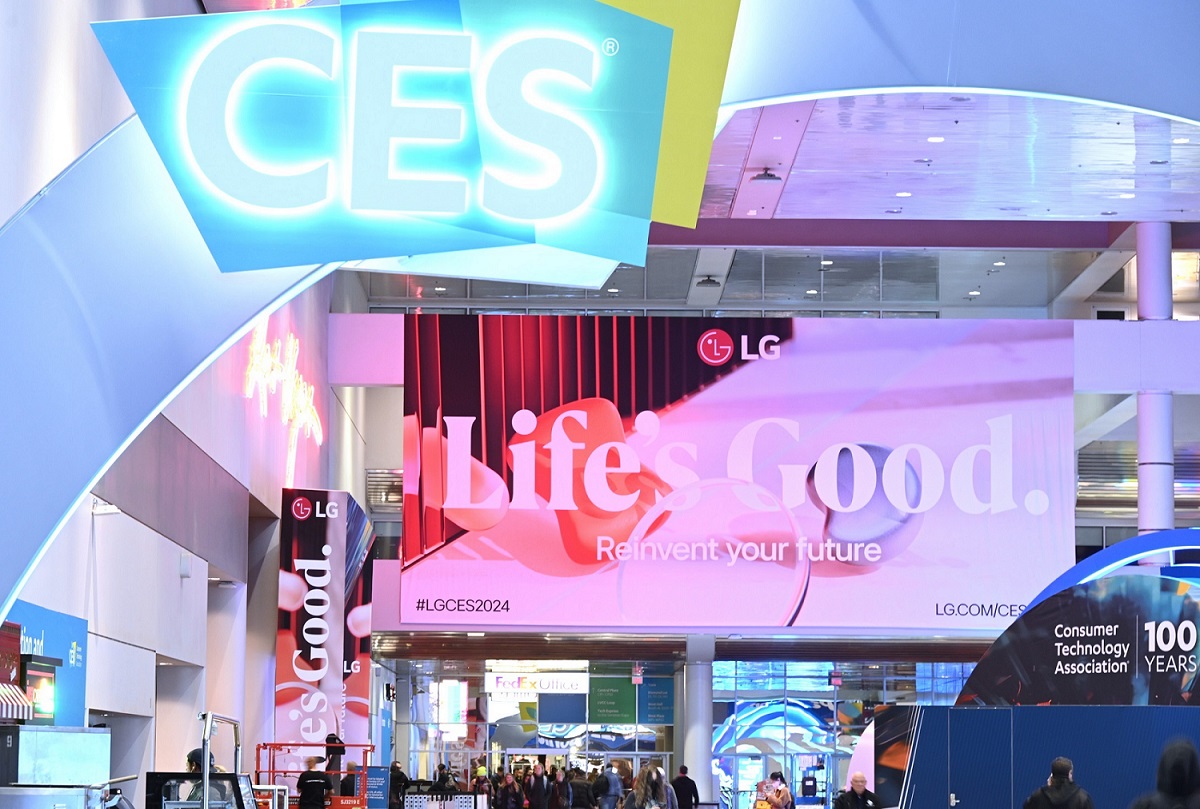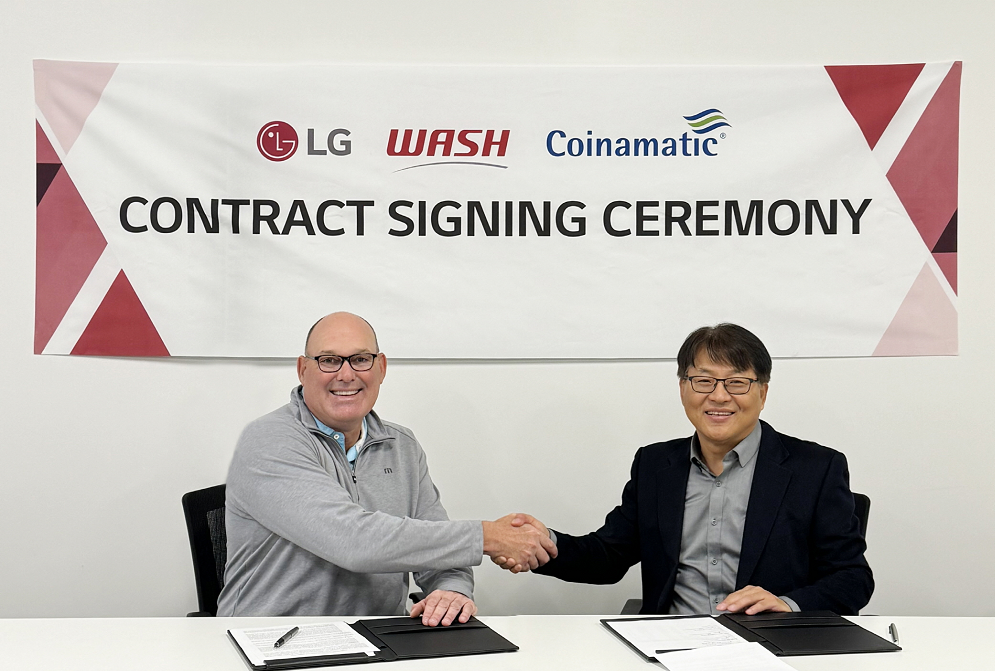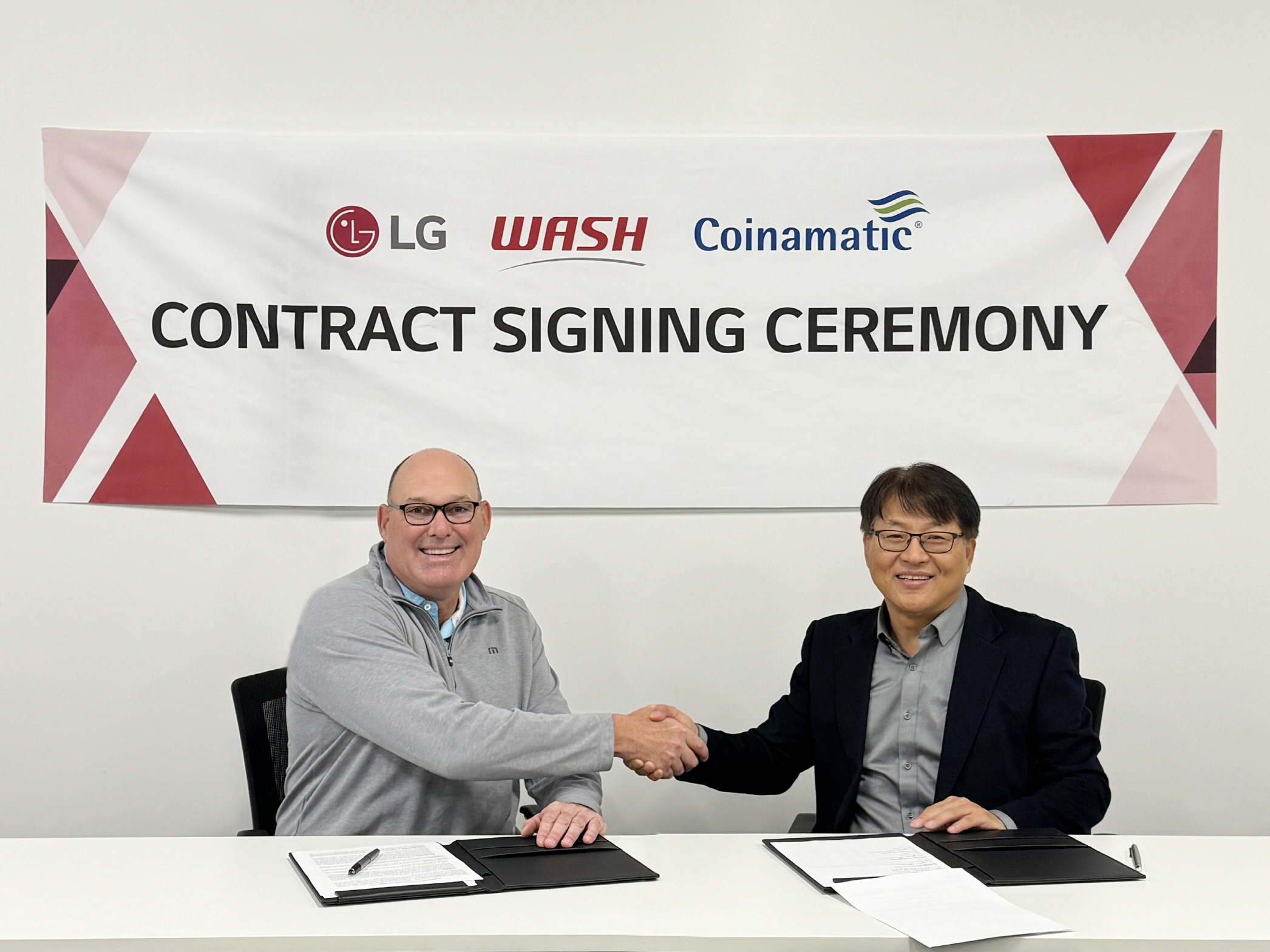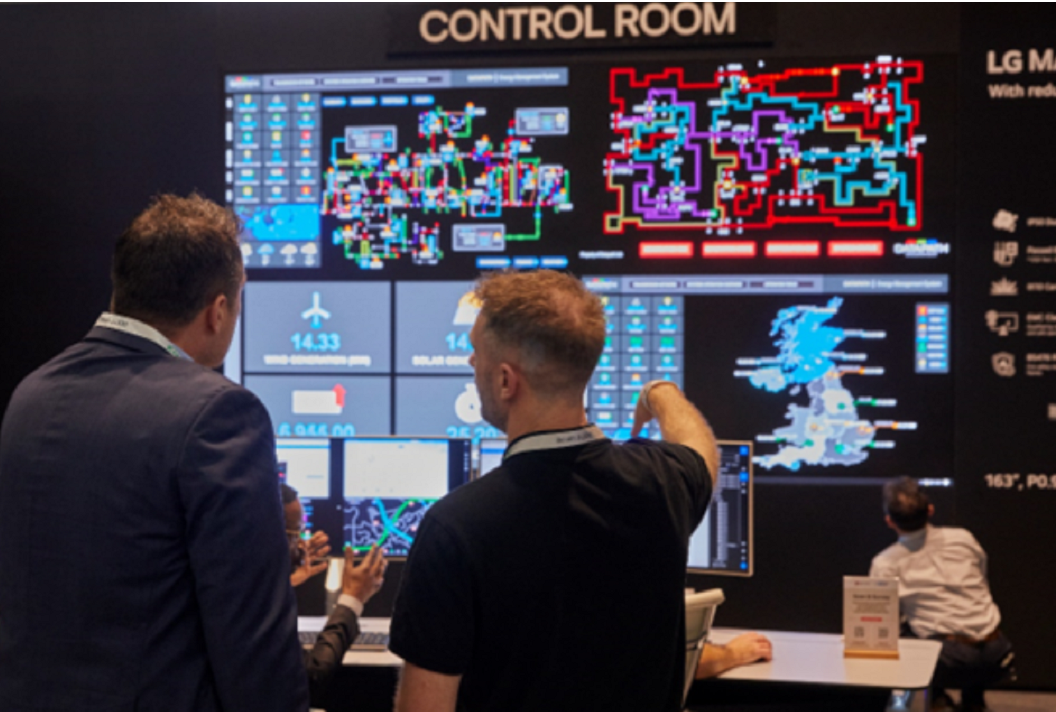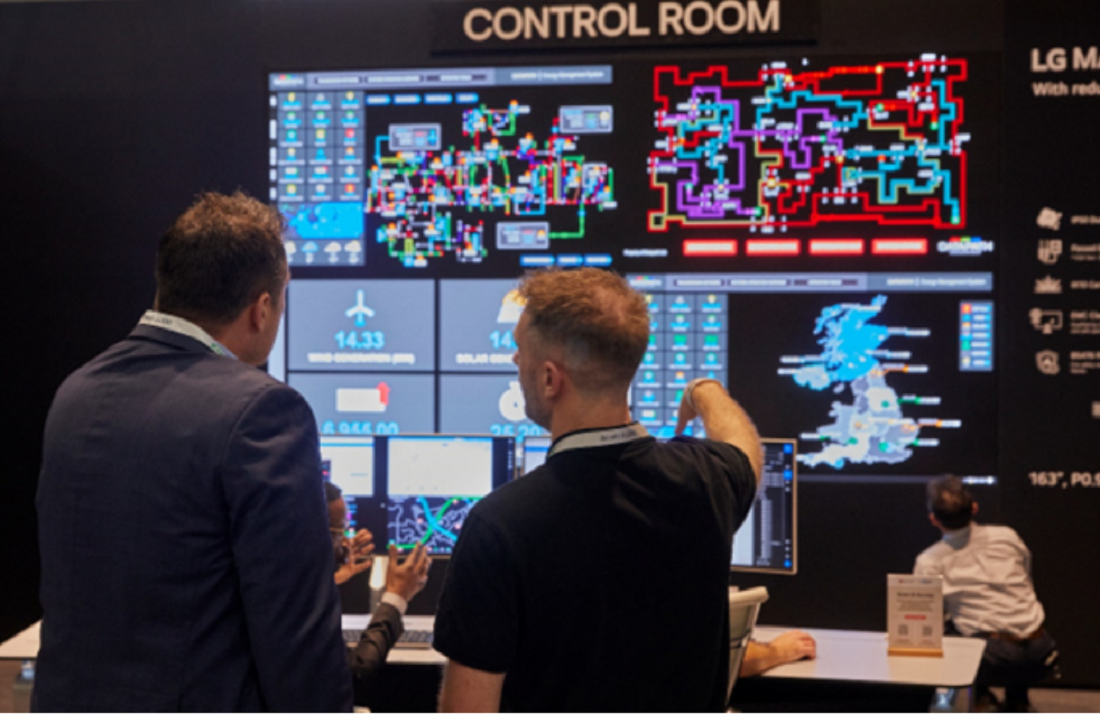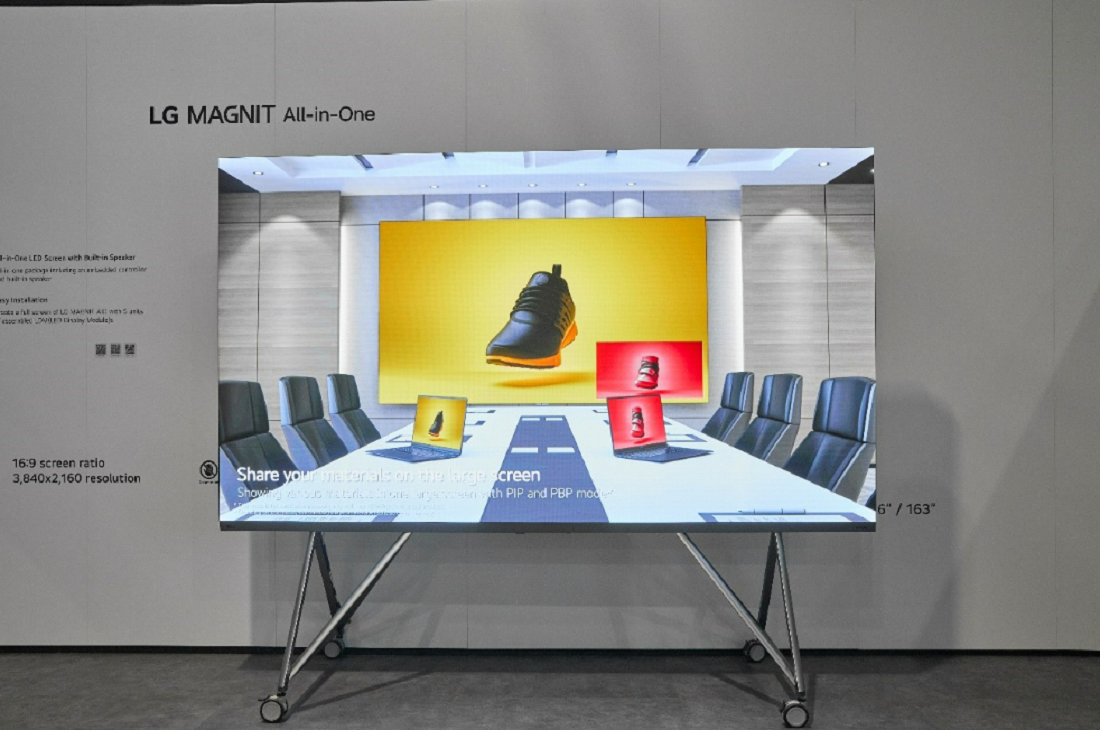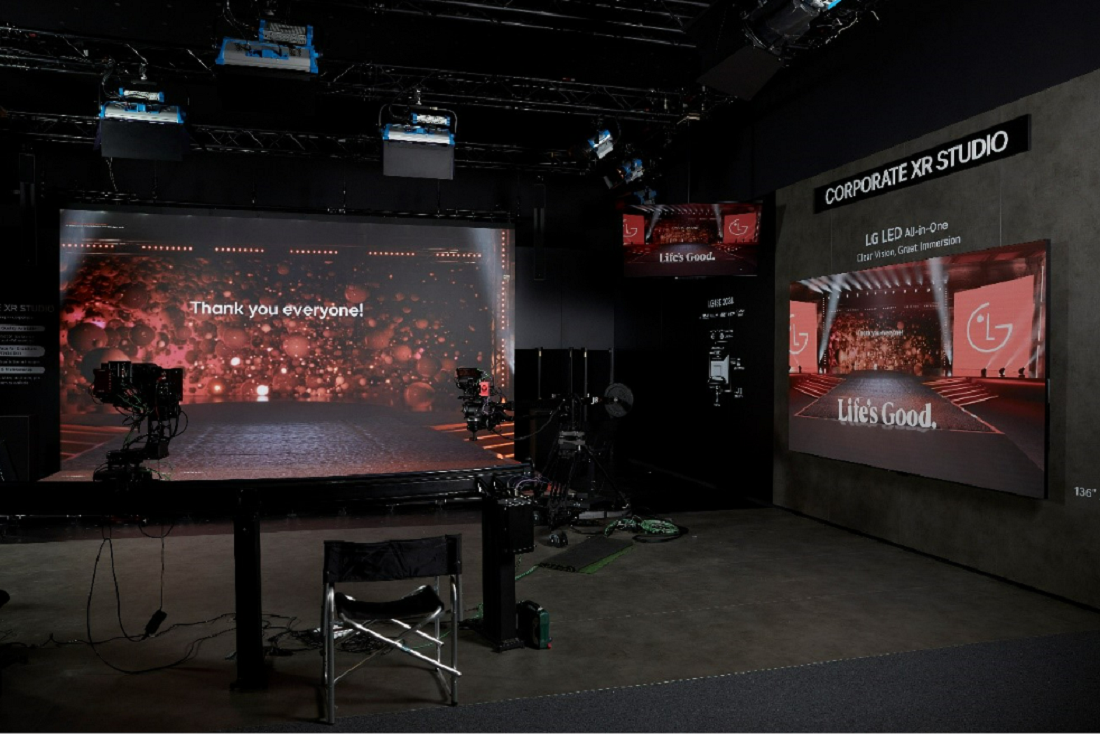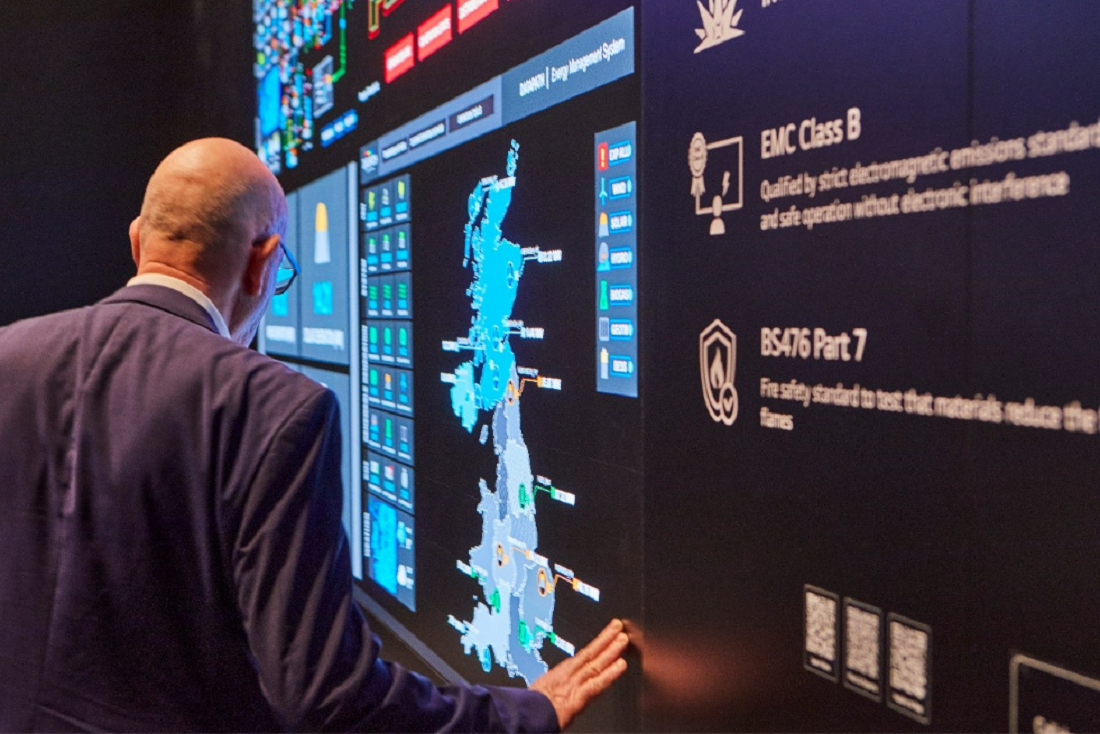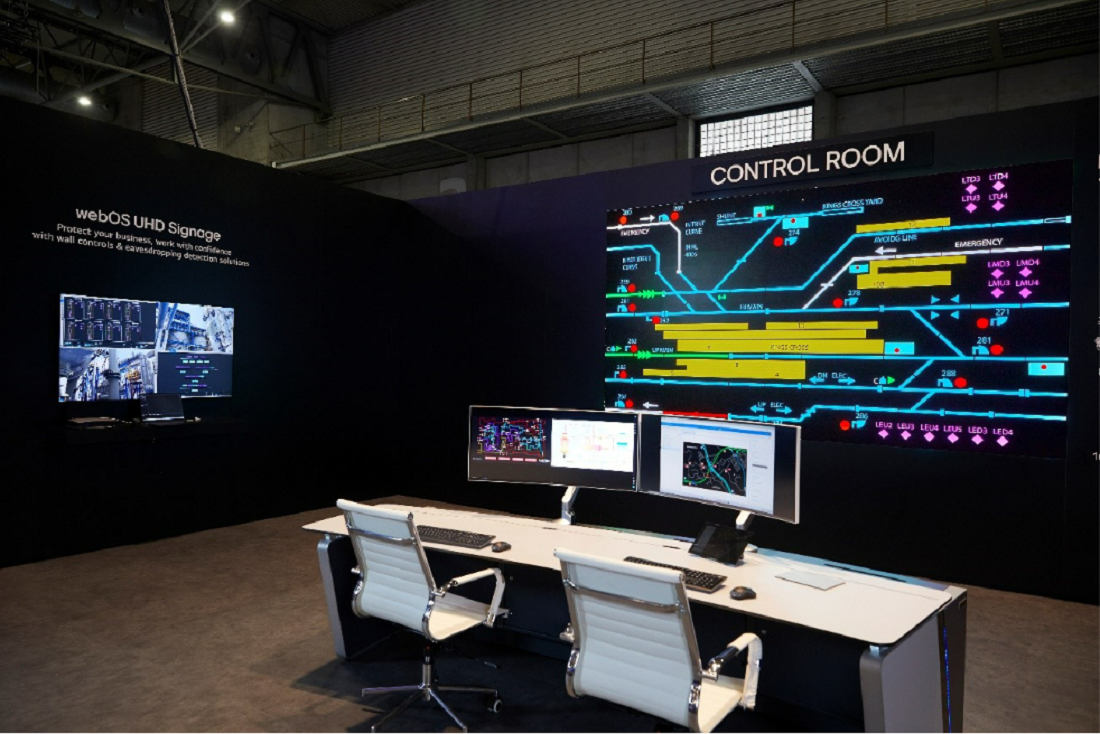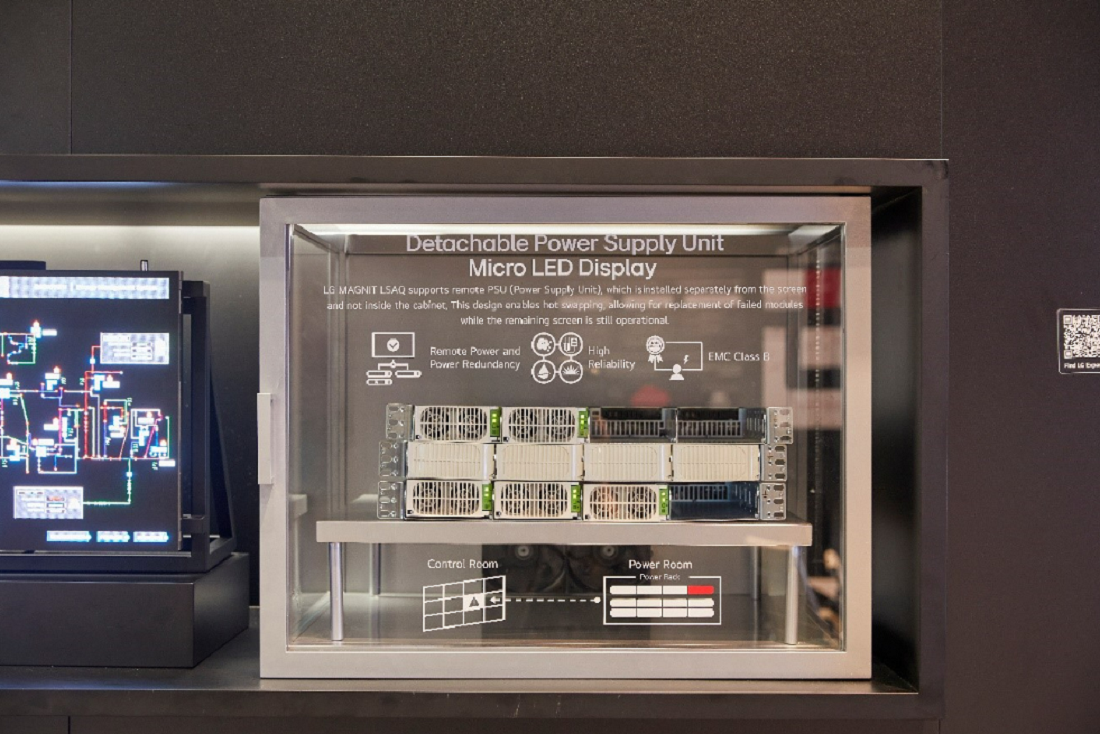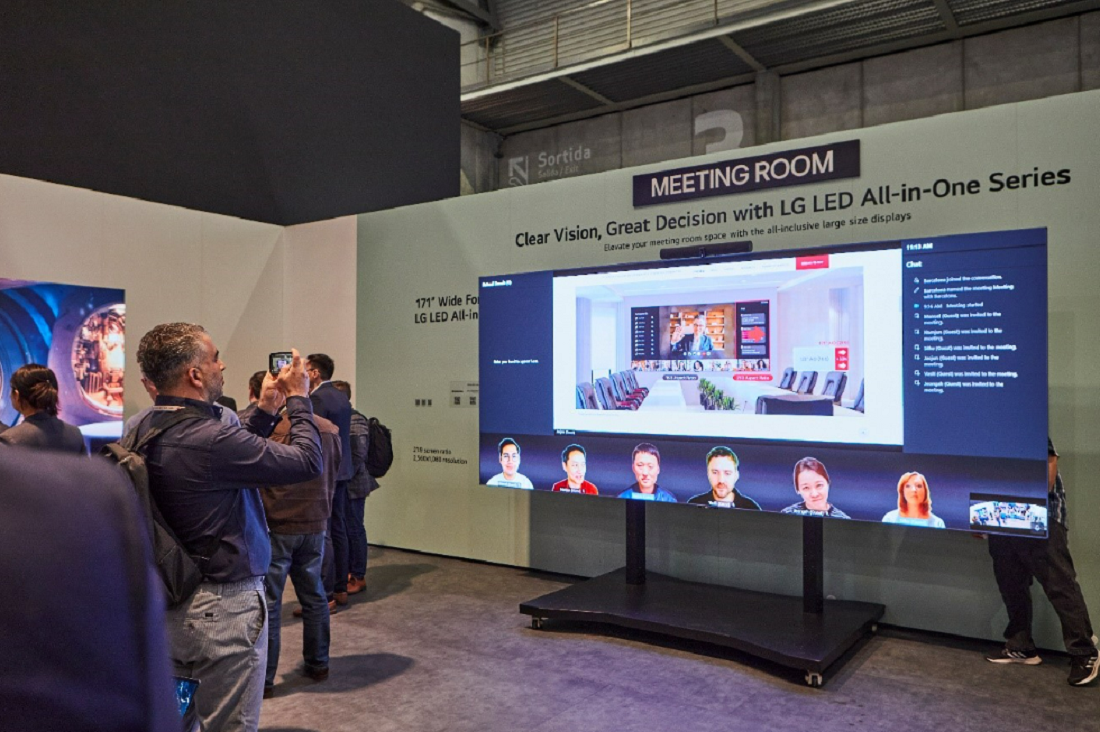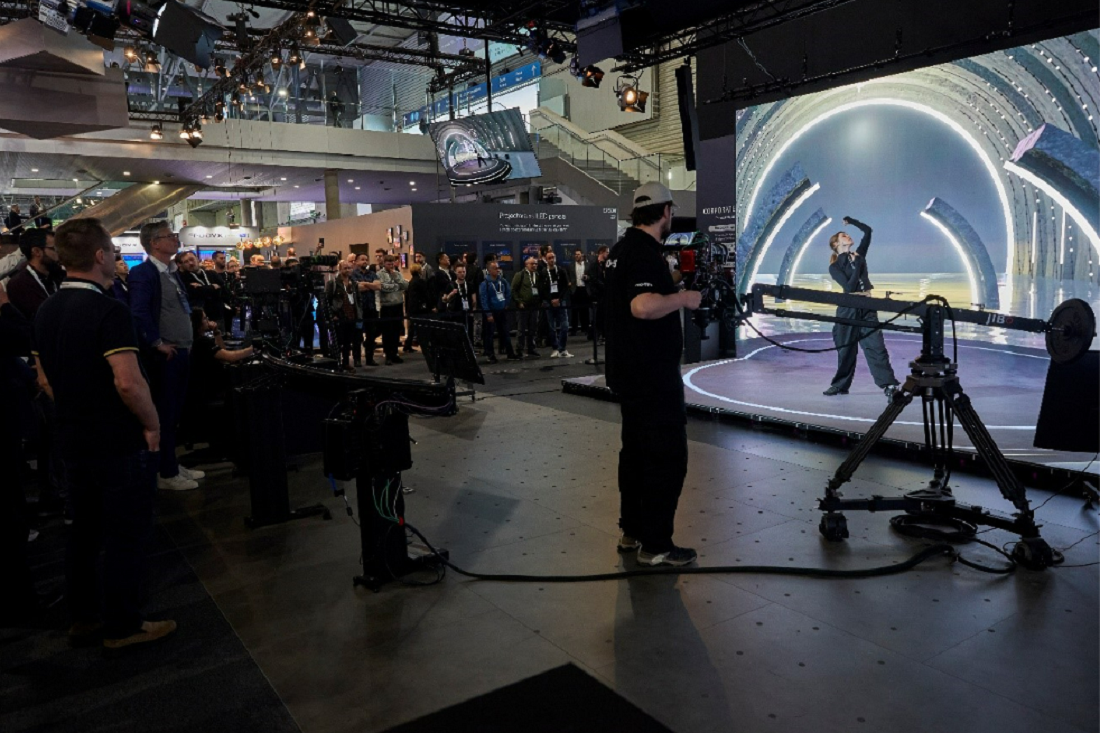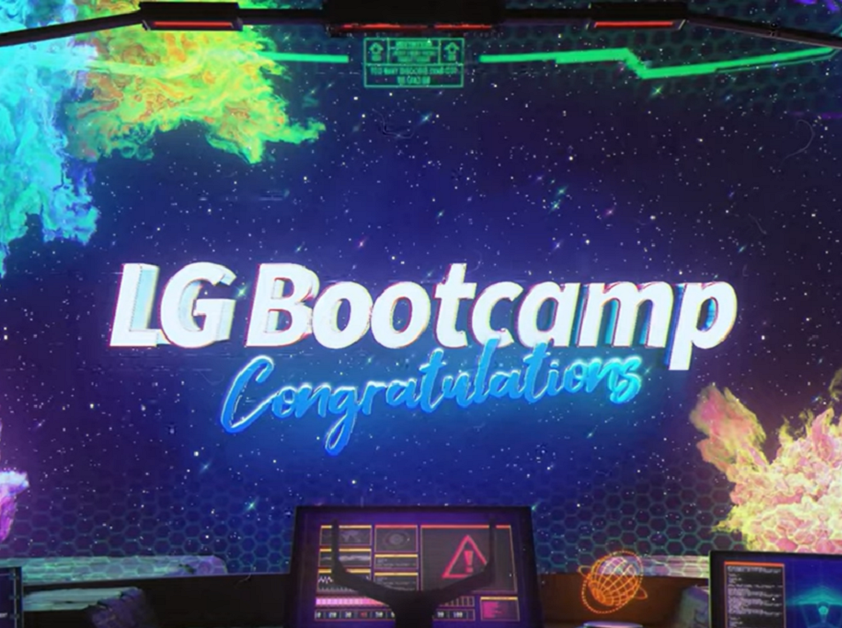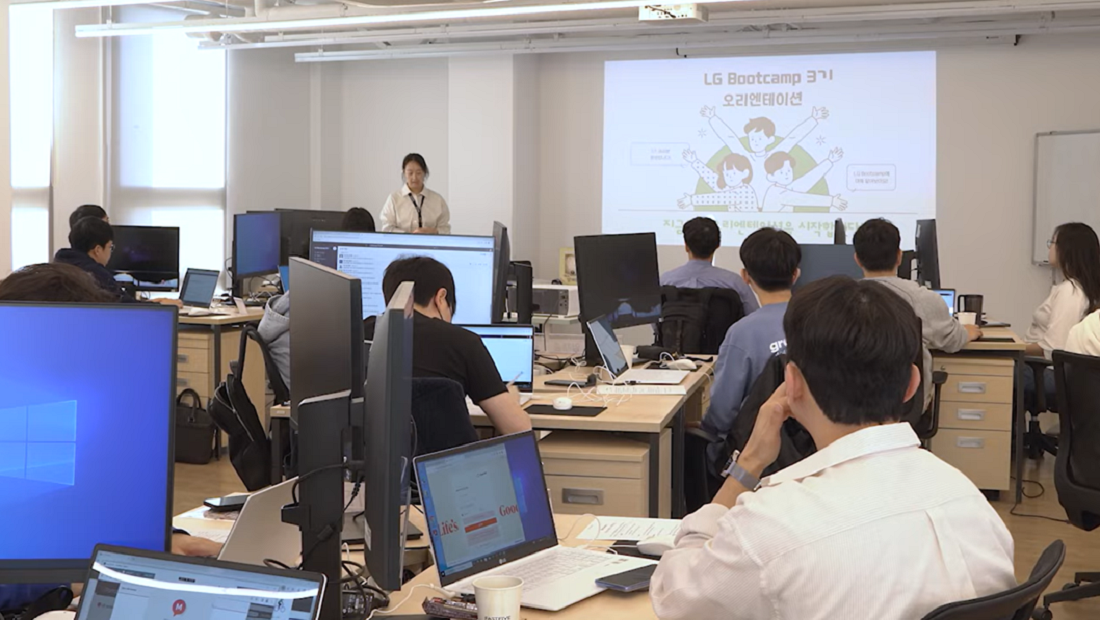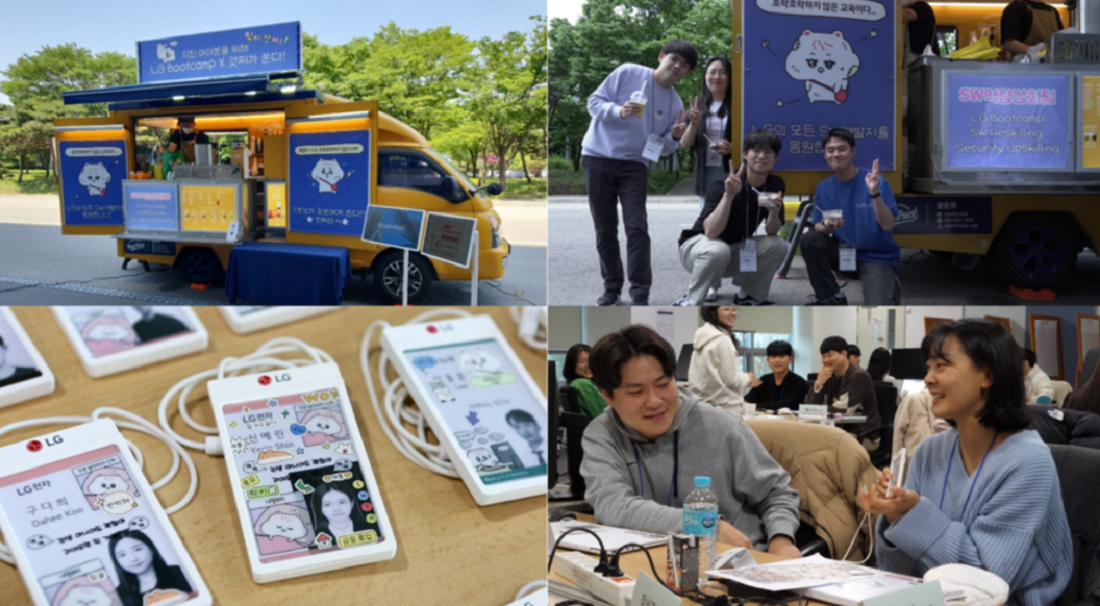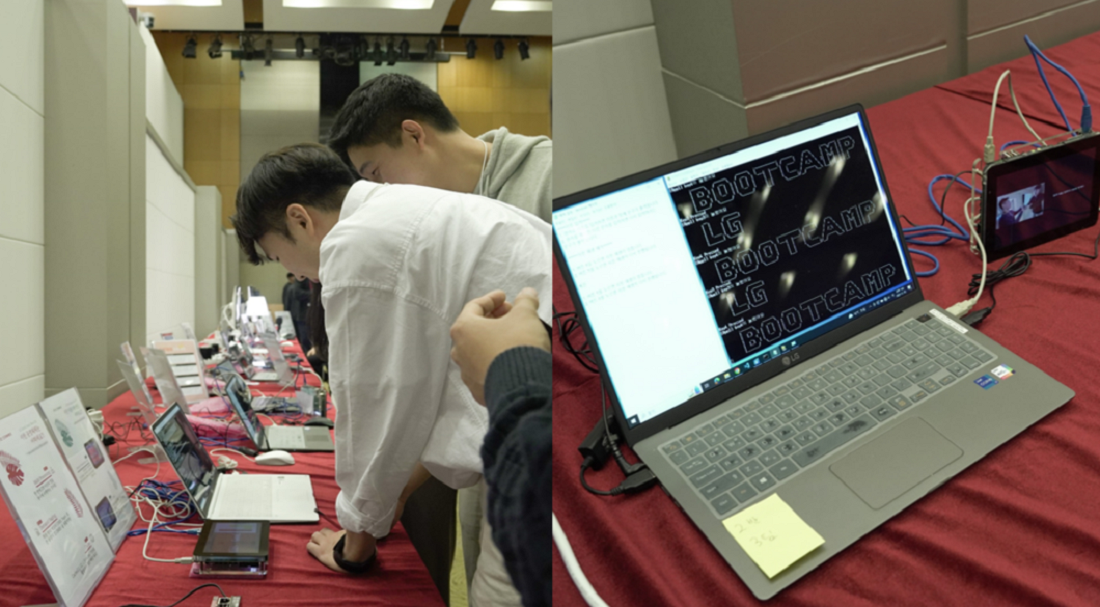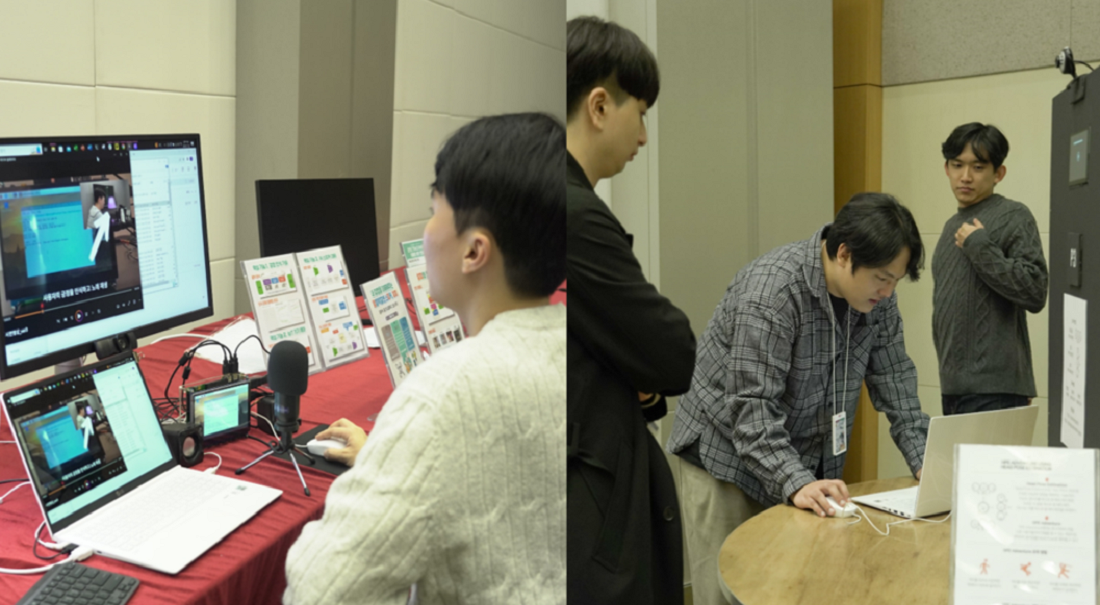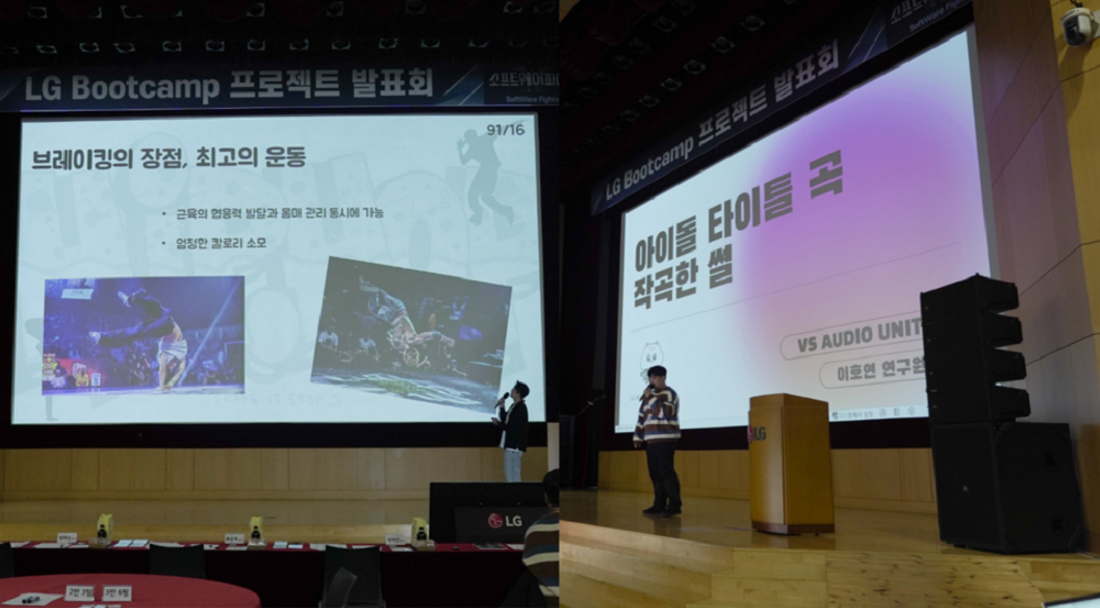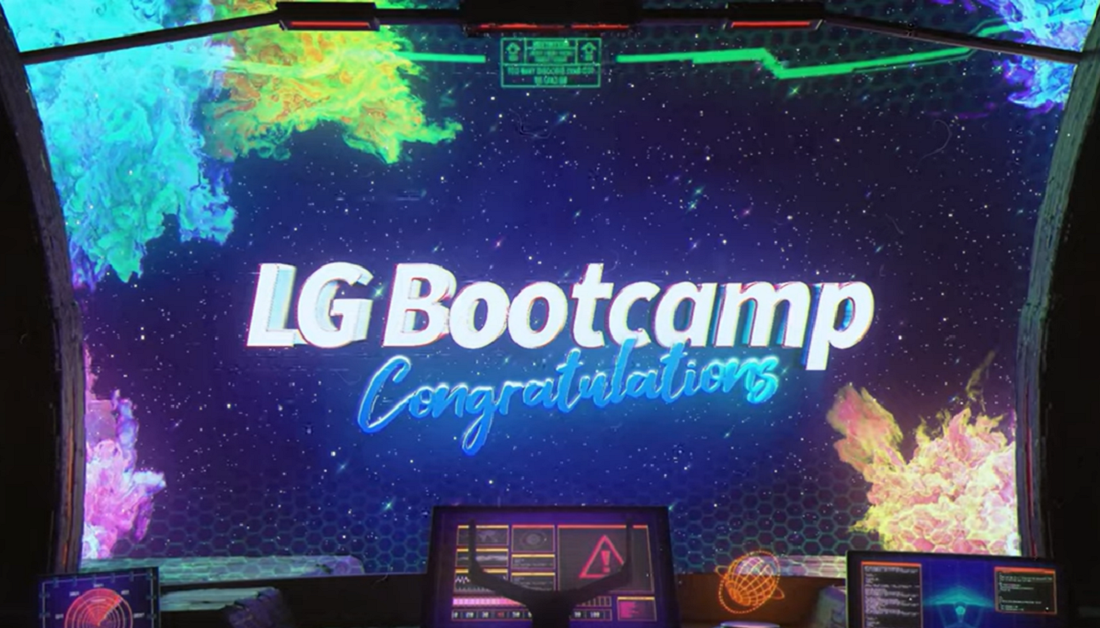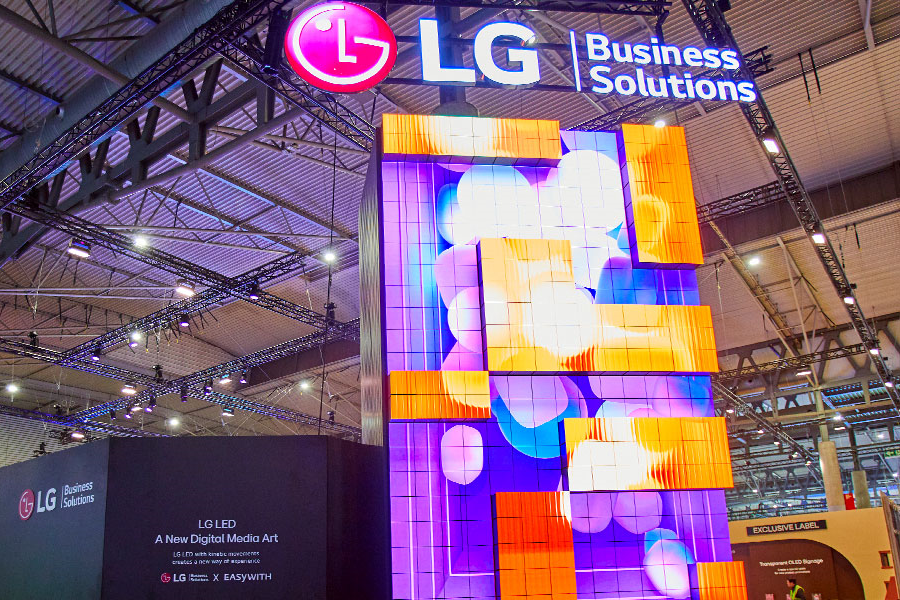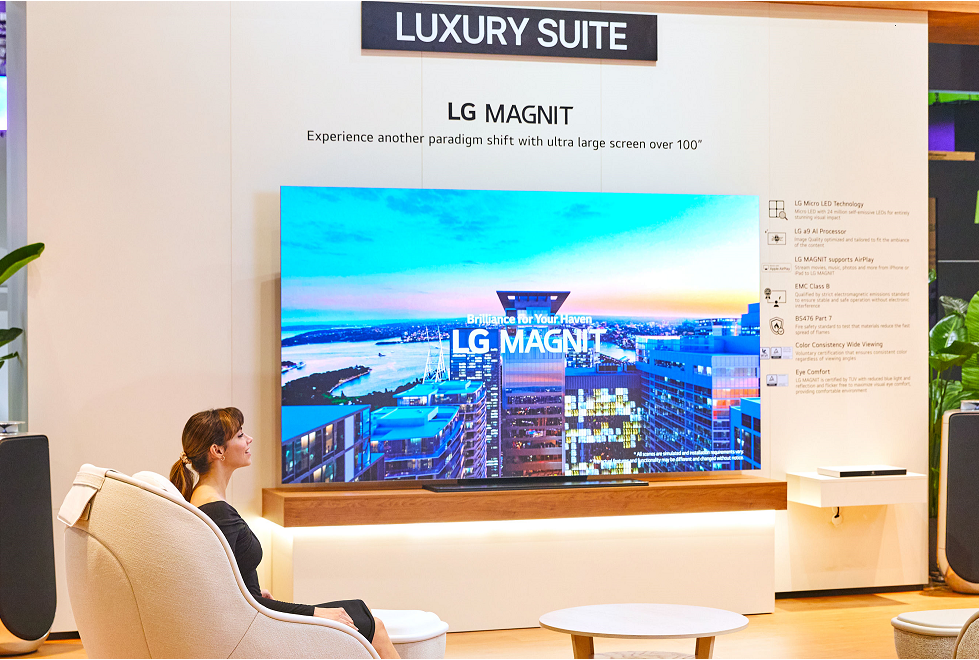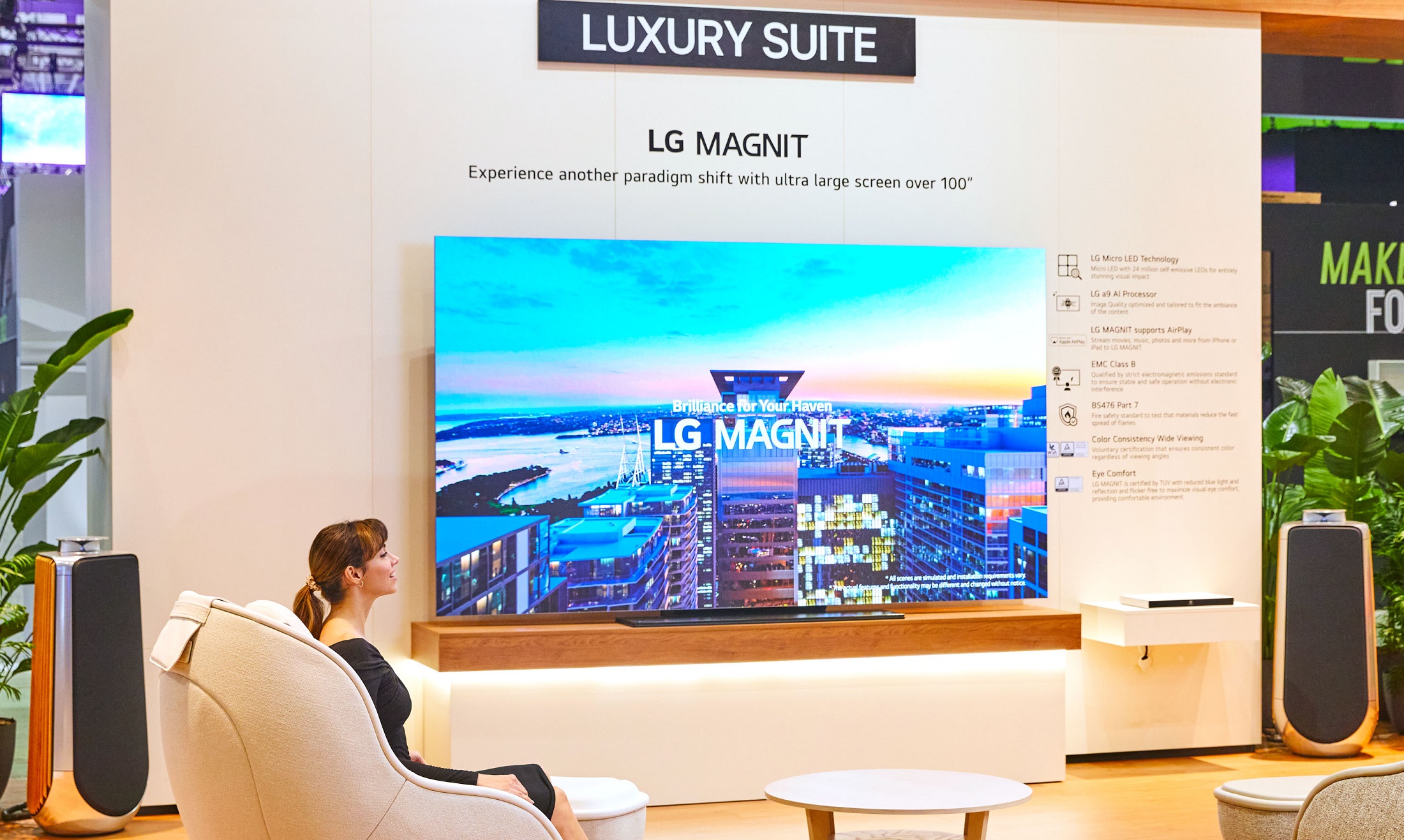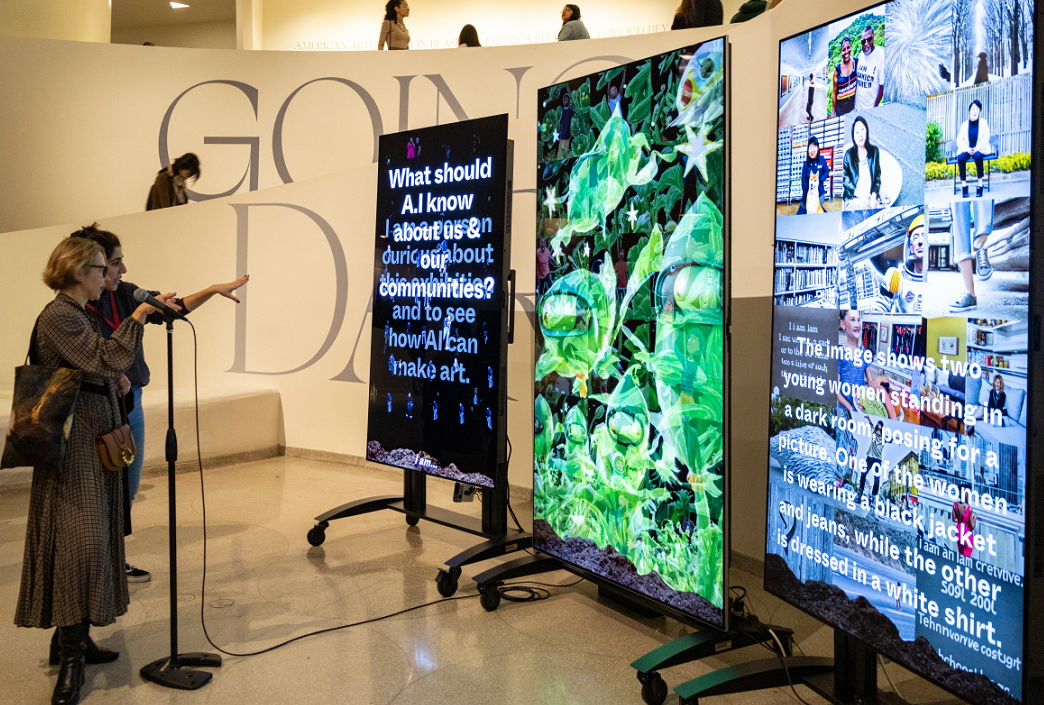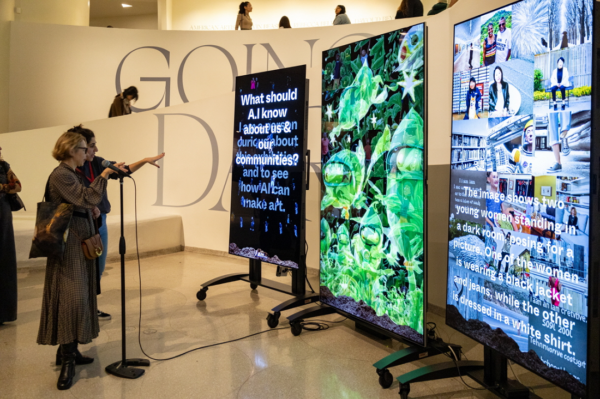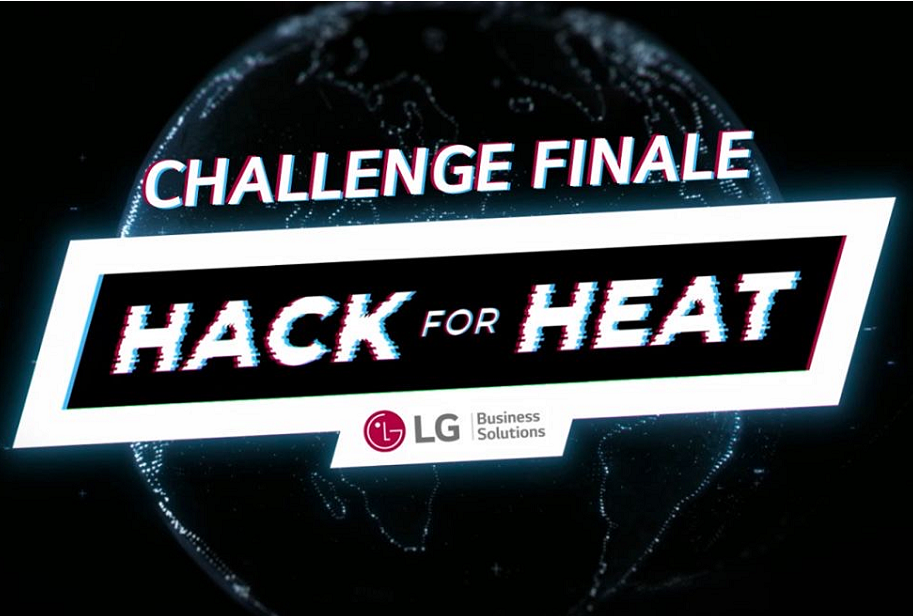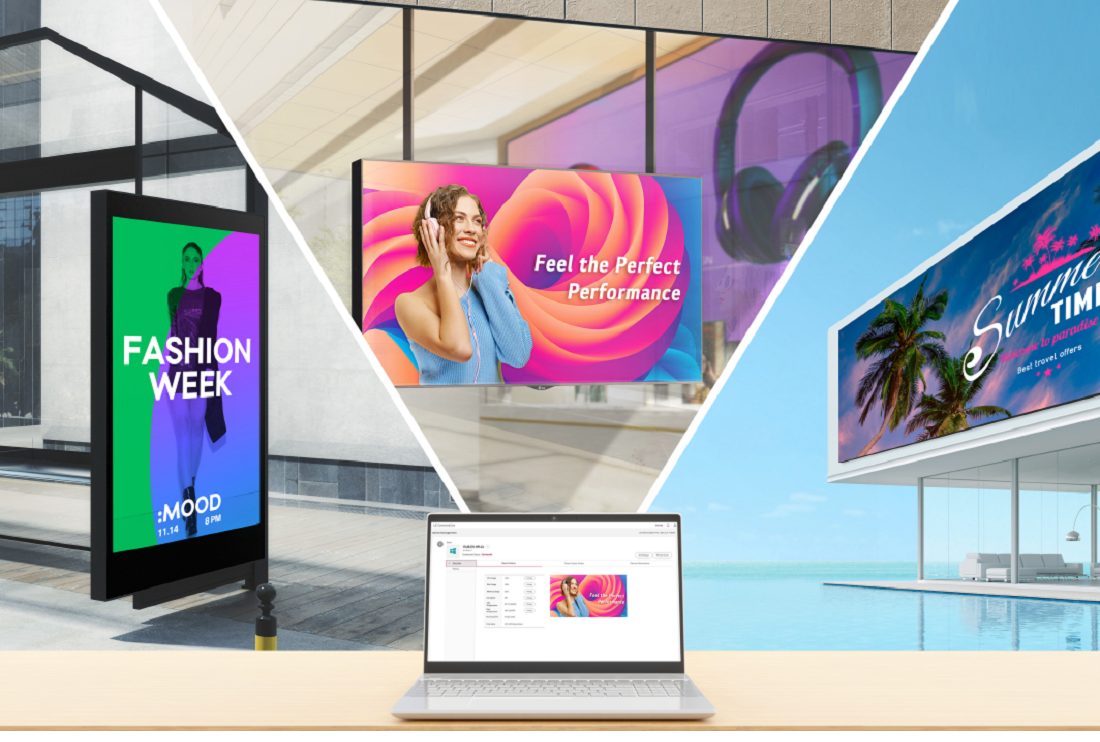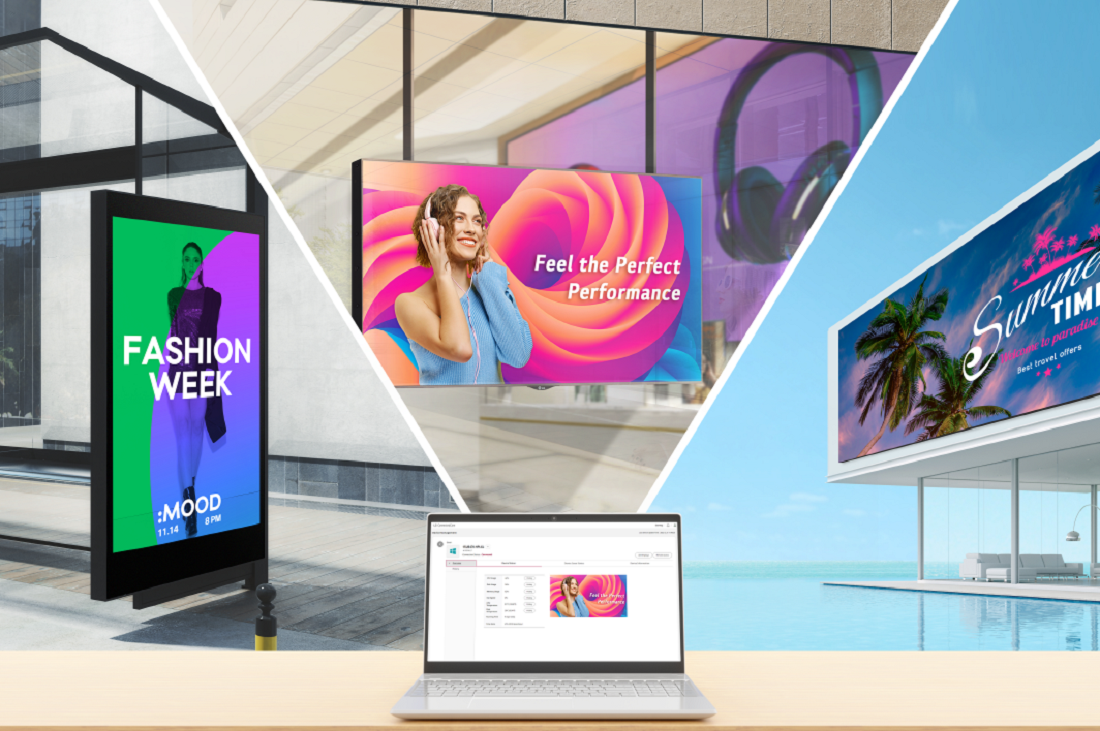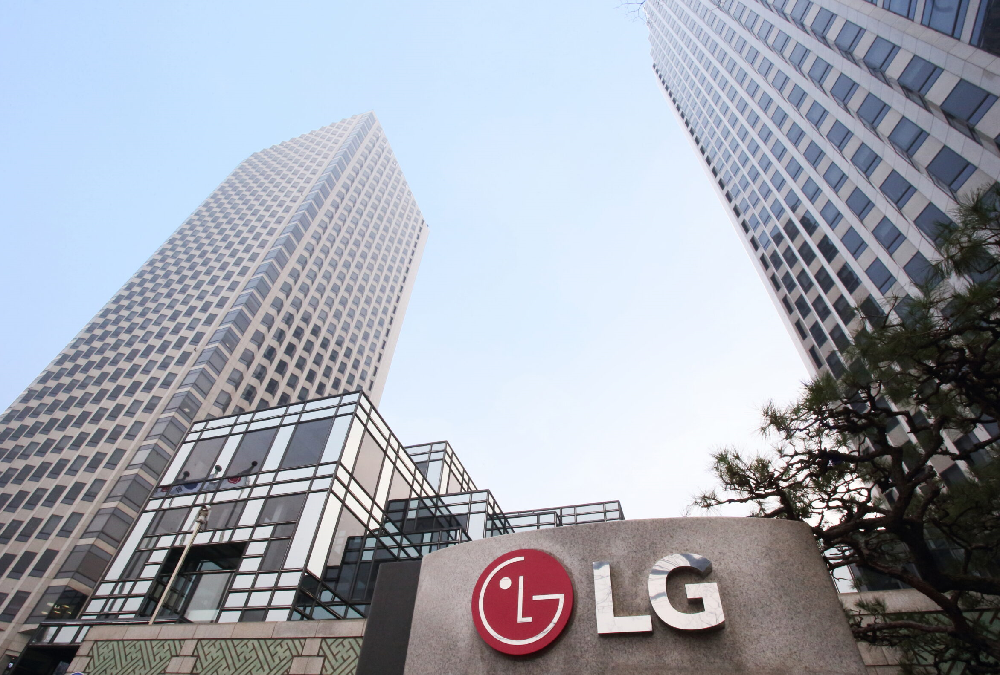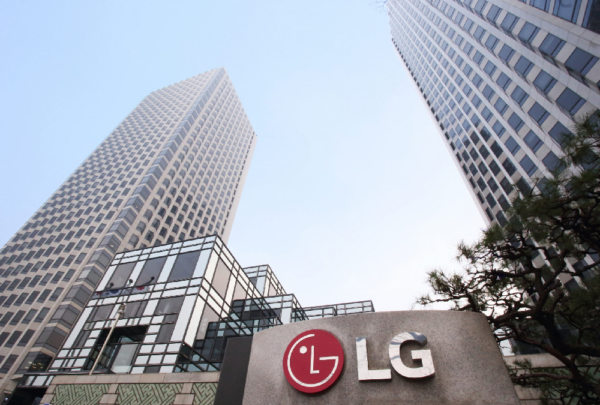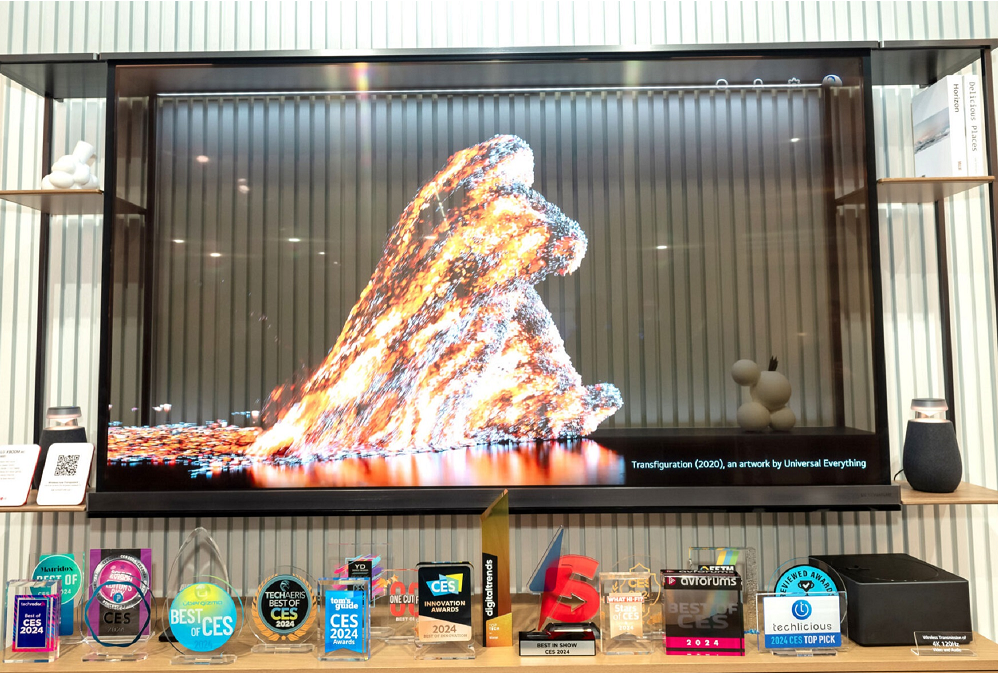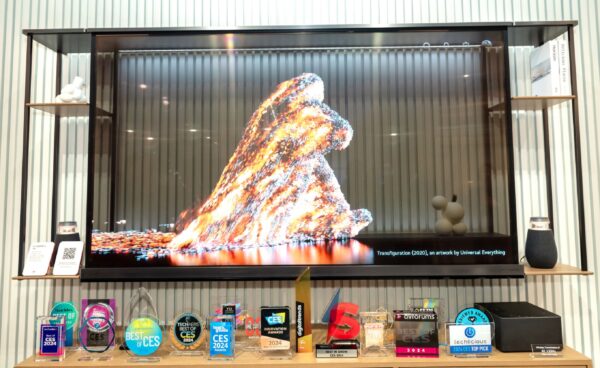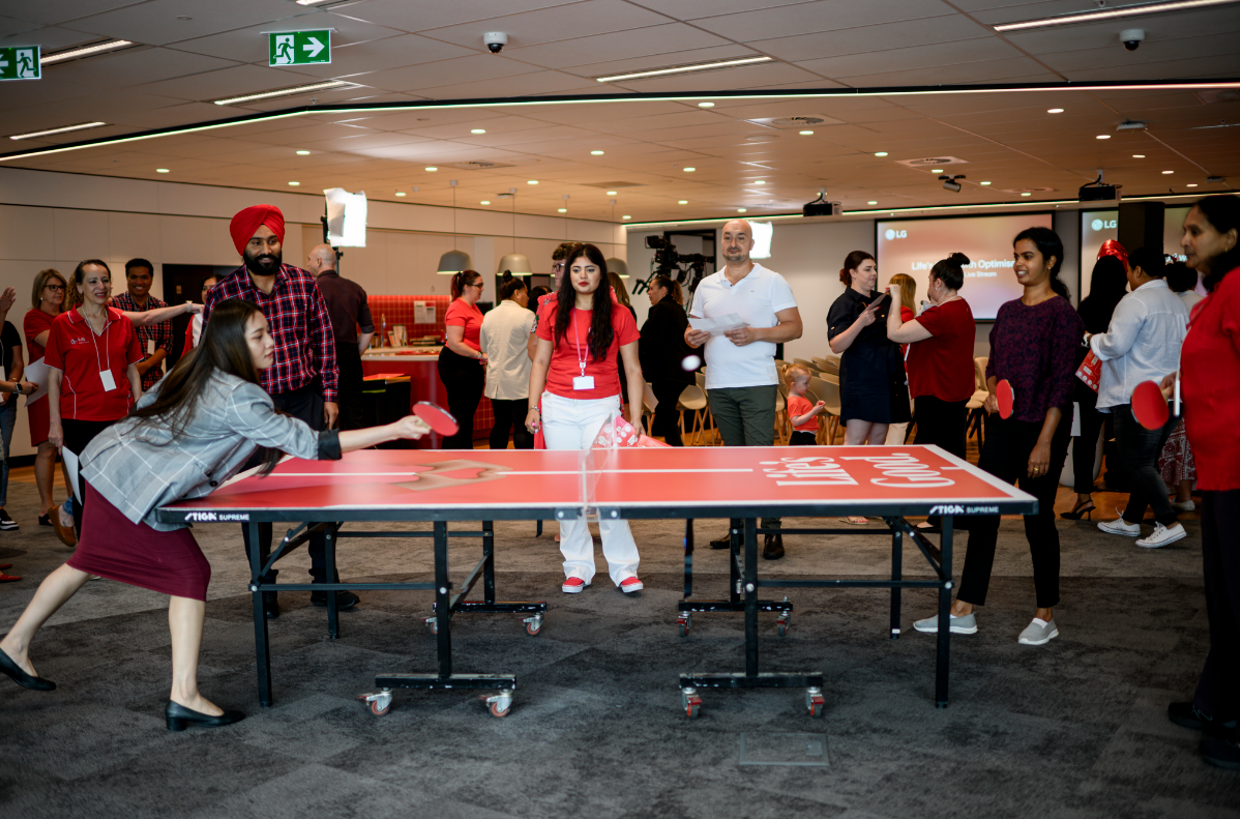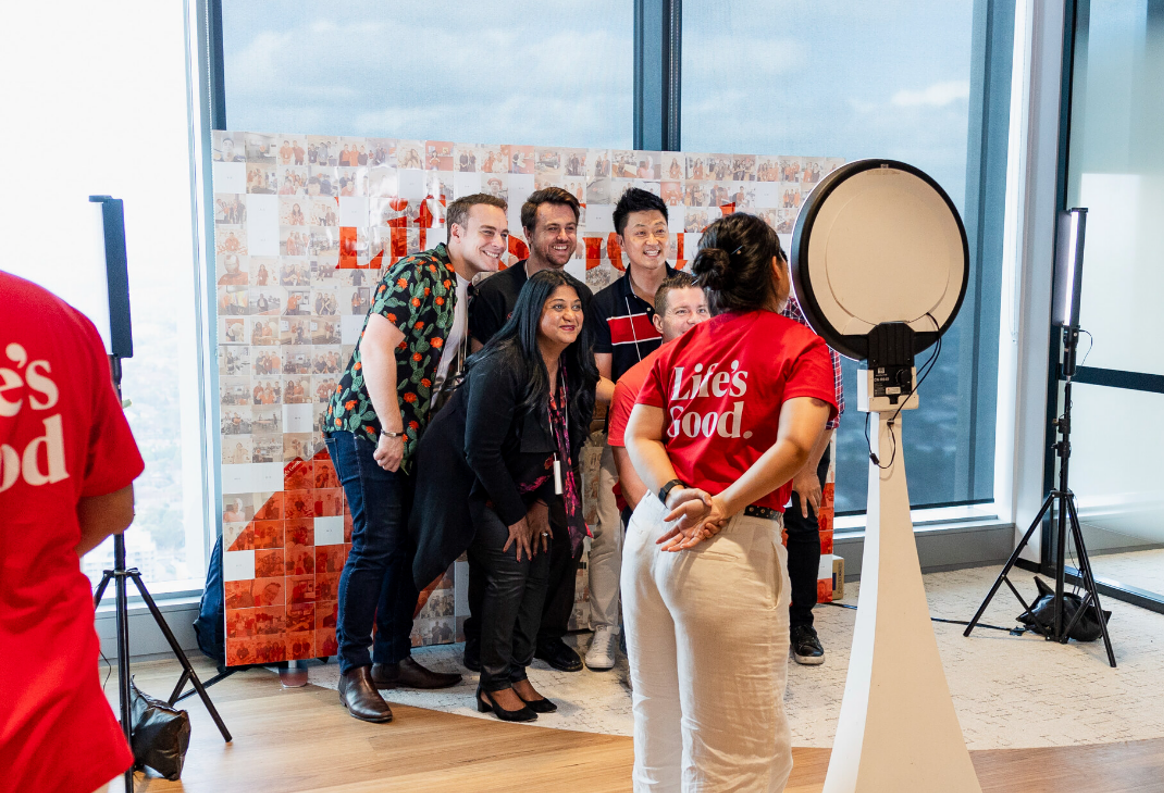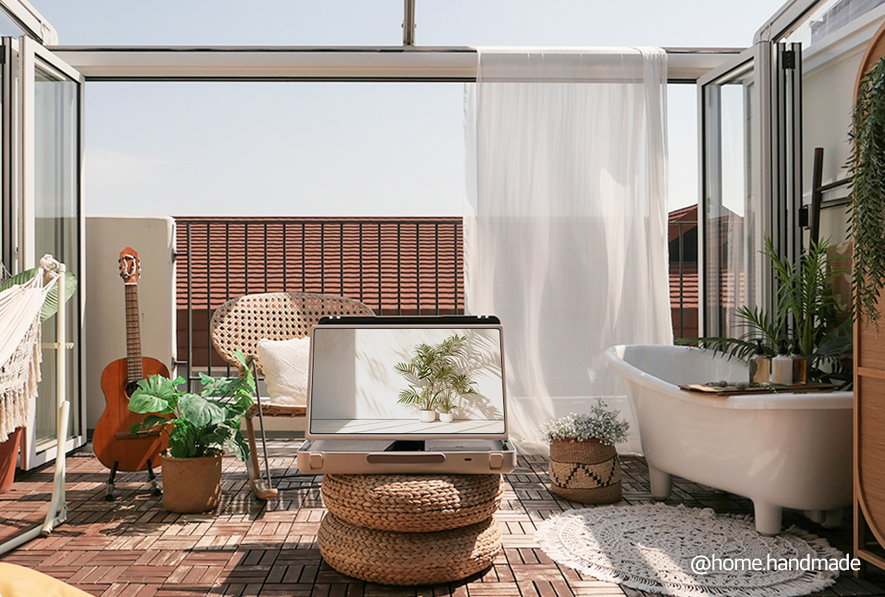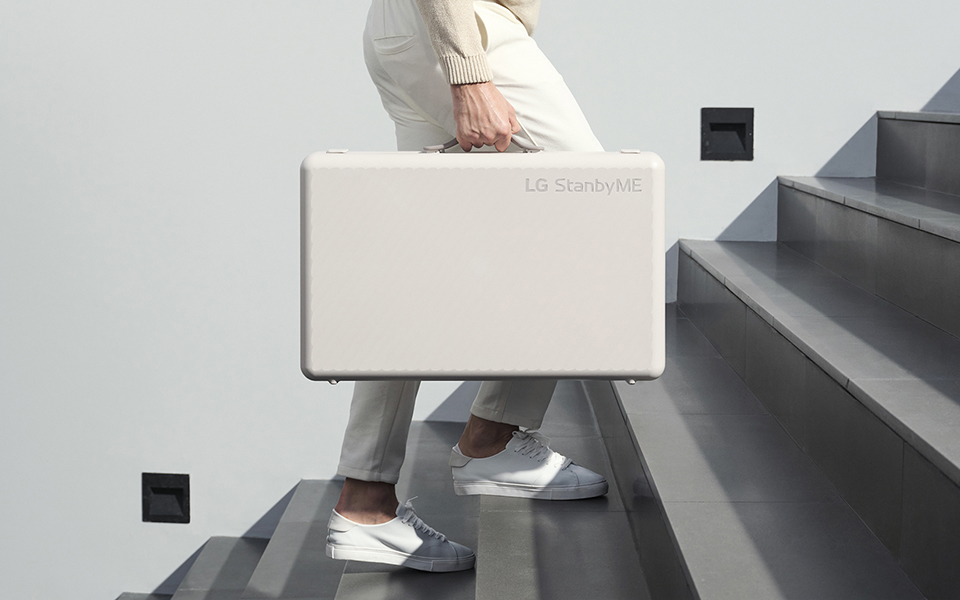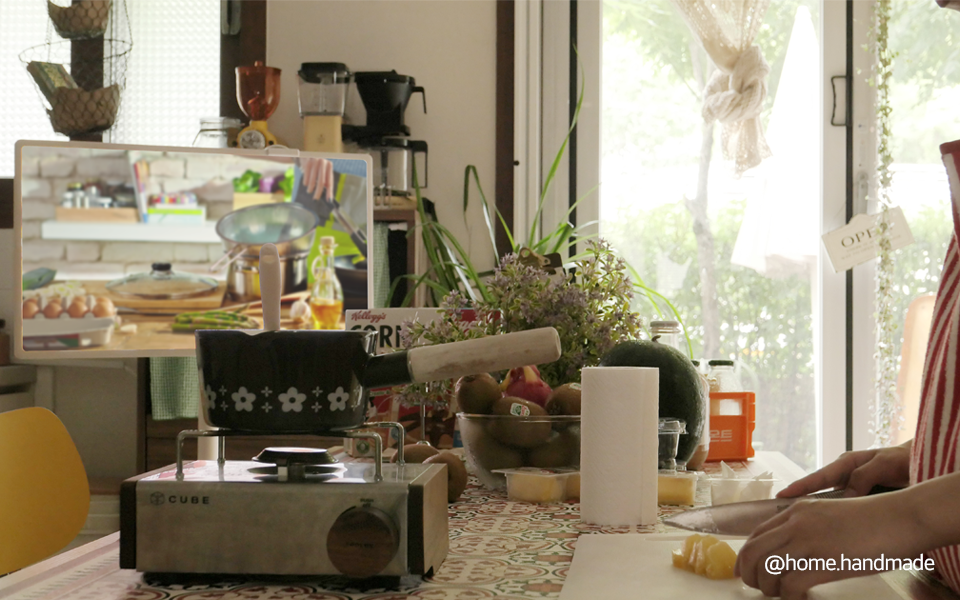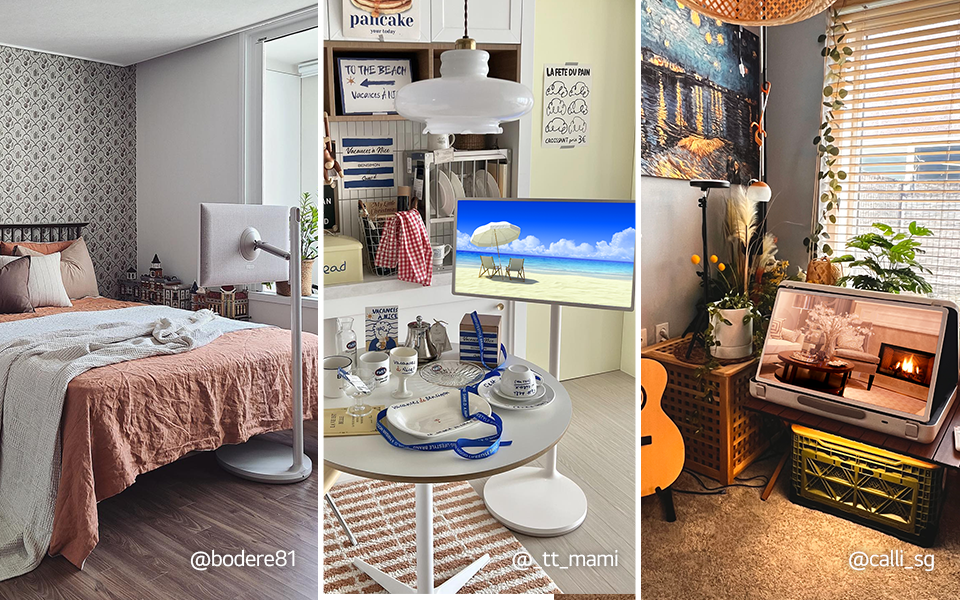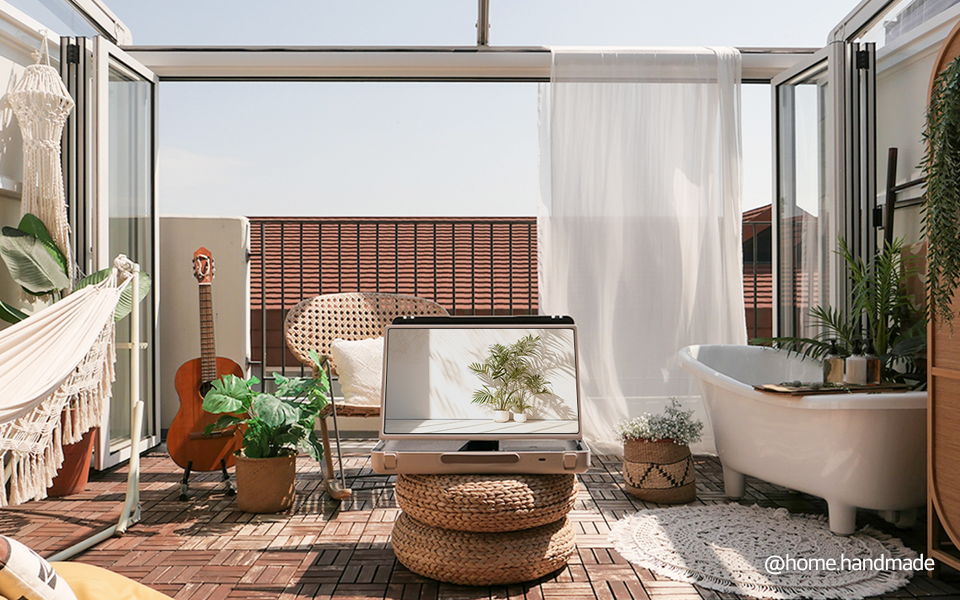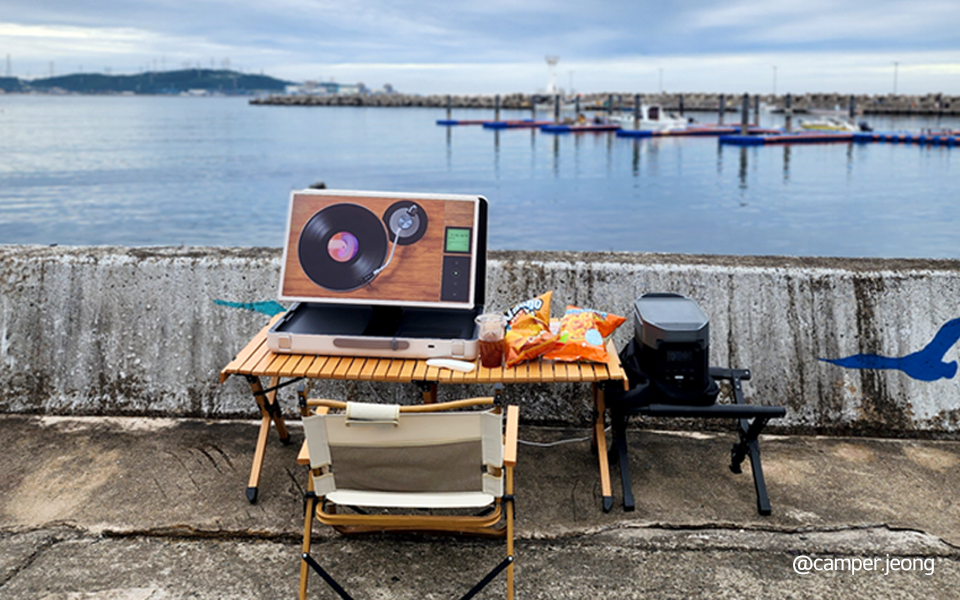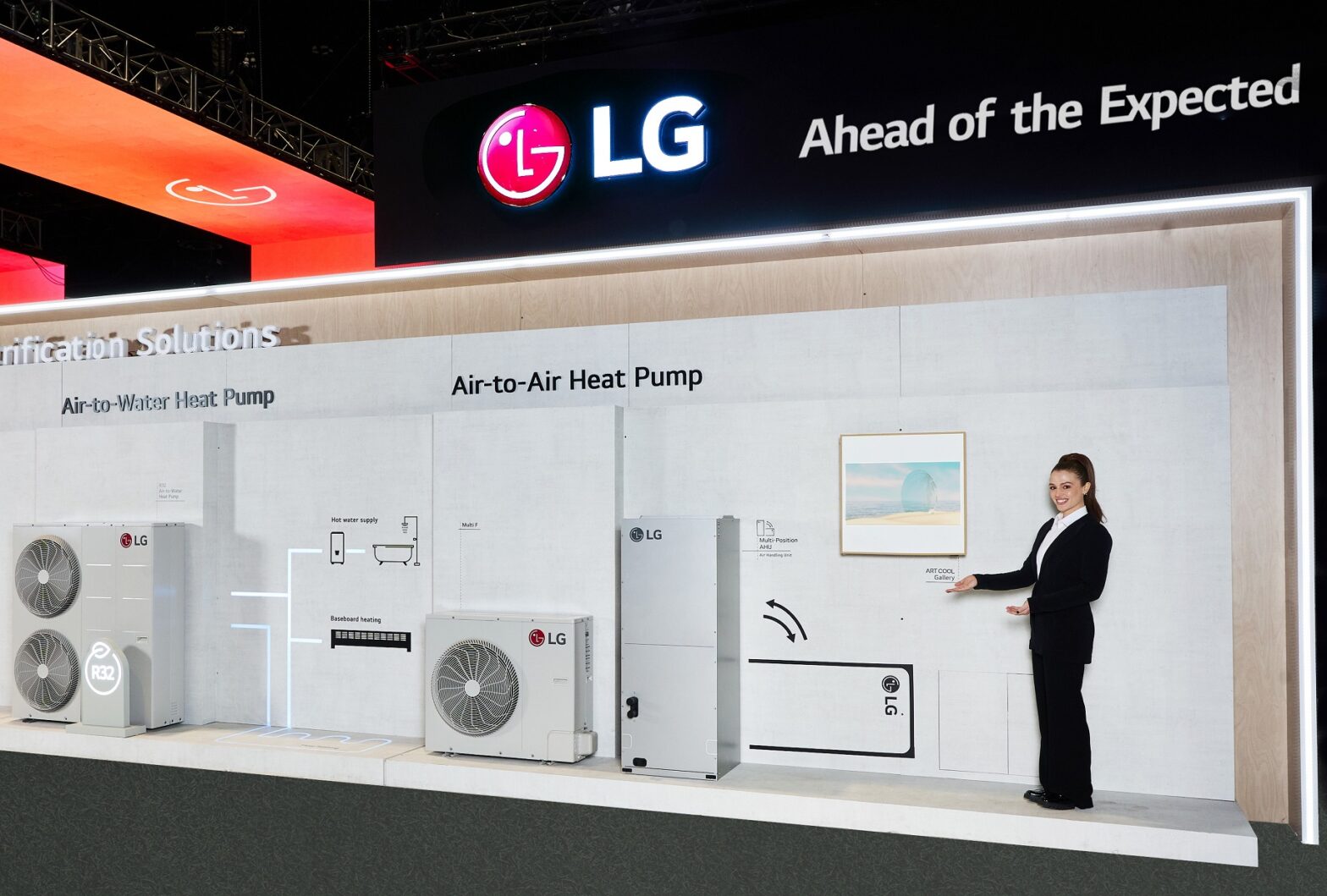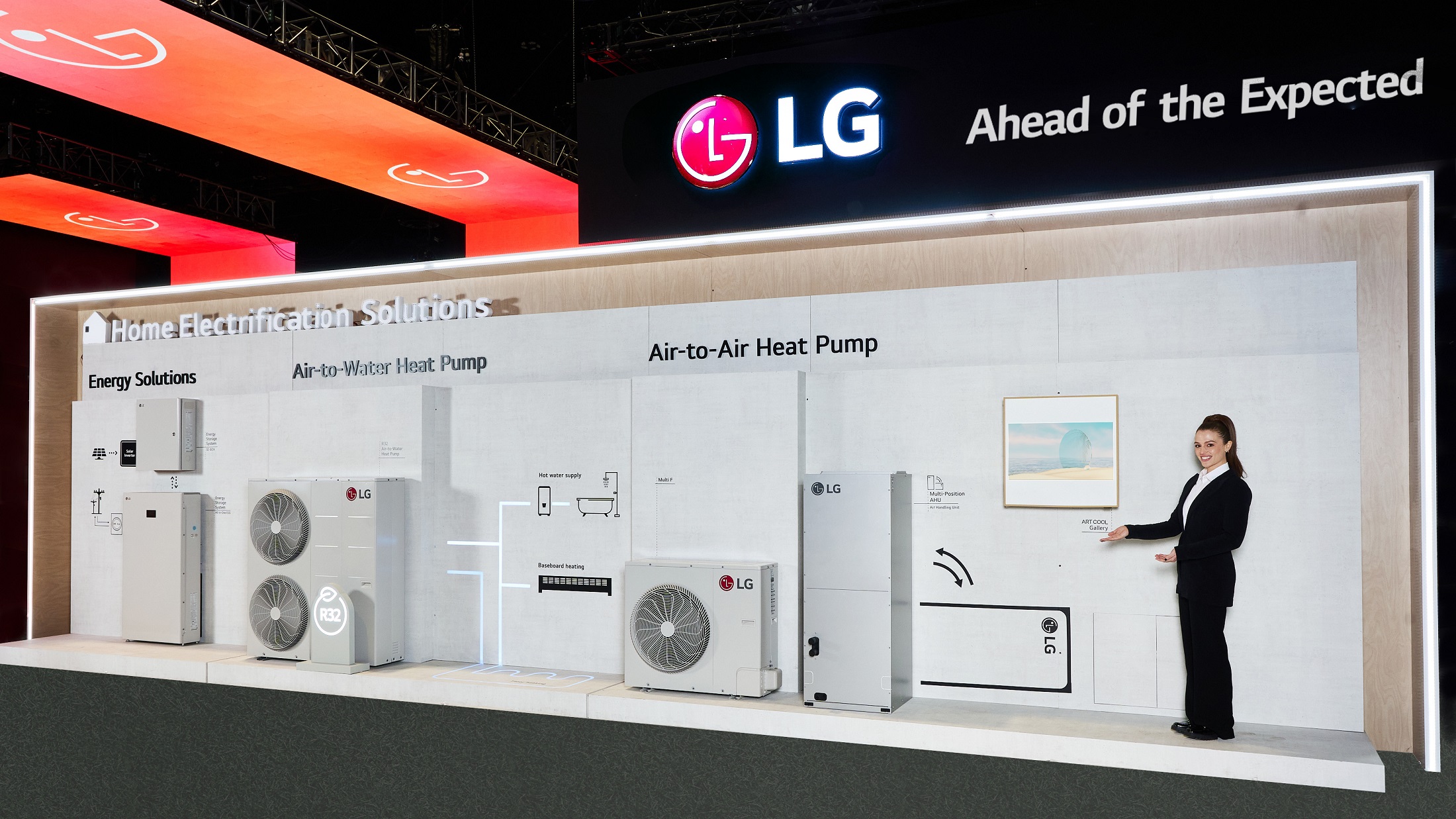As global attention increasingly focuses on environmental issues and the urgent need to address climate change, sustainability has emerged as a central theme at international trade shows and exhibitions around the world. Paradoxically, however, these events often contribute to significant waste and resource consumption, particularly in the creation of elaborate exhibits.
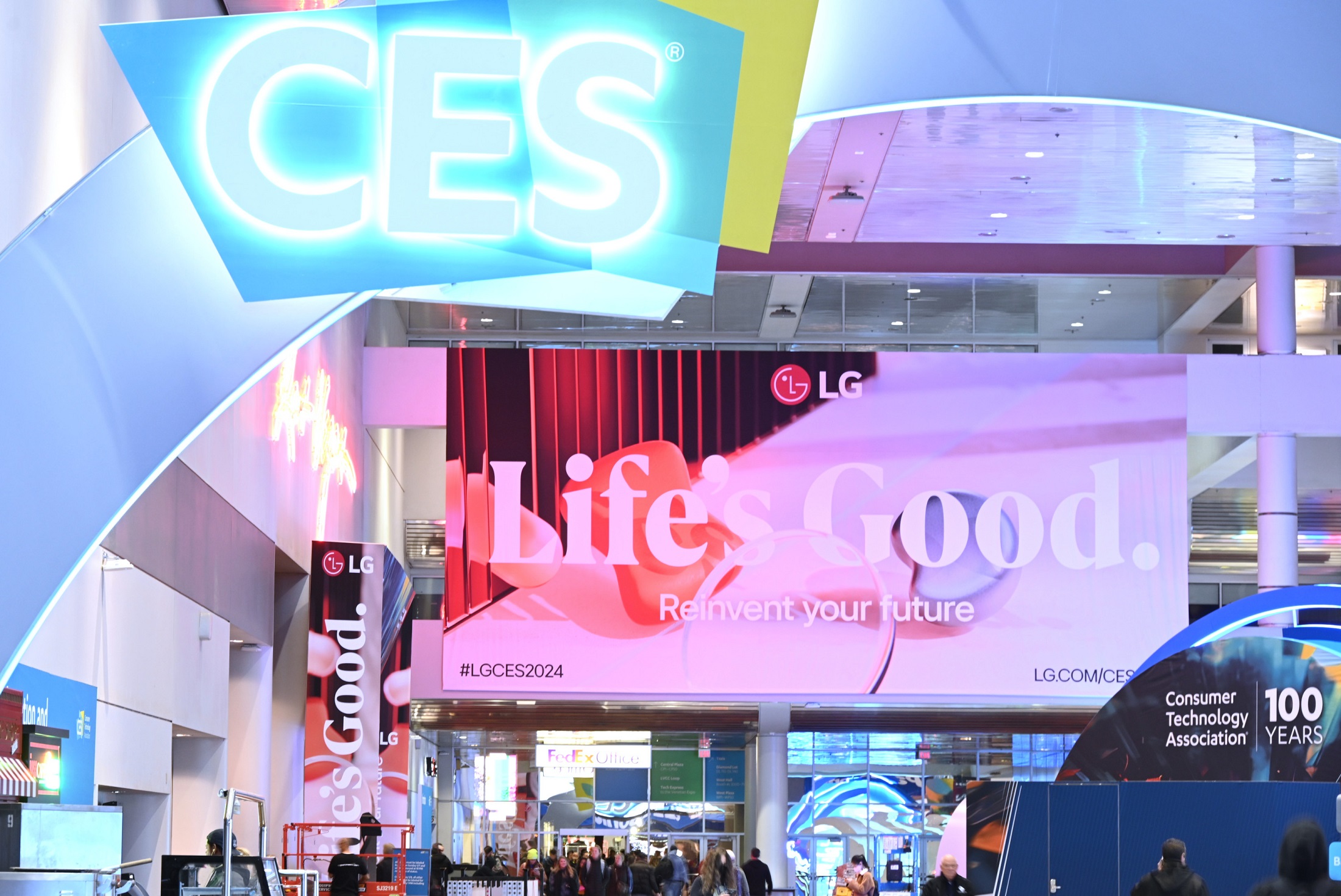
Recognizing the imperative for change, LG is actively committed to forging a sustainable future, taking concrete steps to minimize carbon emissions associated with its participation in such events. At this year’s CES, the world-renowned consumer electronics and IT exhibition, LG implemented measures to reduce its environmental footprint. A noteworthy move was the decision to transport products and materials from Korea to Las Vegas via sea transportation, amounting to 61 tons out of a total of 138 tons. Excluding newly released products transported by air due to security concerns, this transition to sea transportation stands out for its significantly lower carbon footprint compared to long-distance air transport.
In comparison, the previous year witnessed LG transporting 177 tons of products and materials by air, indicating a substantial year-over-year reduction in carbon emissions. According to the carbon footprint emission factor provided by Korea Environmental Industry & Technology Institute – responsible for overseeing Environmental Product Declarations in Korea – LG’s carbon emissions for this year’s CES are estimated at 821 tons of CO2 equivalent, marking a decrease of over 1,000 tons from the previous year’s 1,857 tons. This translates to a reduction of approximately 40 percent per kilogram during the transportation of products and materials compared to the preceding year.1
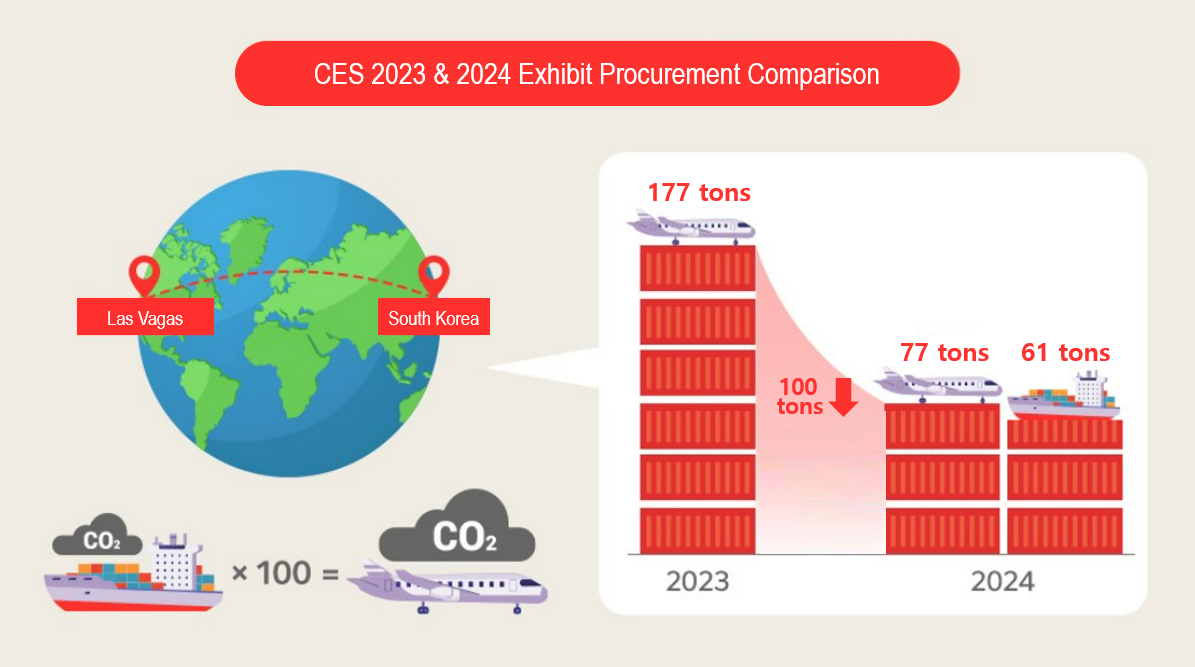
This notable achievement can be attributed to LG’s unwavering commitment to sustainability, evident from the meticulous planning stages of the exhibition. Opting for sea transportation entailed proactive preparations several months in advance, underscoring LG’s dedication to reducing carbon emissions throughout its operations.
Moreover, LG showcased its dedication to environmental stewardship through its exhibitions, notably in the Better Life for All Zone (ESG Zone). The company introduced innovative products like the LG mycup – a tumbler washer – and LG WashCombo™ All-in-One washer-dryer combo with Inverter Heat Pump, capable of running a complete wash and dry cycle in under two hours2 while consuming up to 60 percent less energy than a standard, vented dryer model.3 LG also presented various solutions leveraging its home energy platform, an integrated energy solution for promoting sustainability. The combination of LG’s energy storage system (ESS) and air-to-water heat pump system facilitates efficient energy management and utilization by seamlessly integrating the use of renewable energy sources.
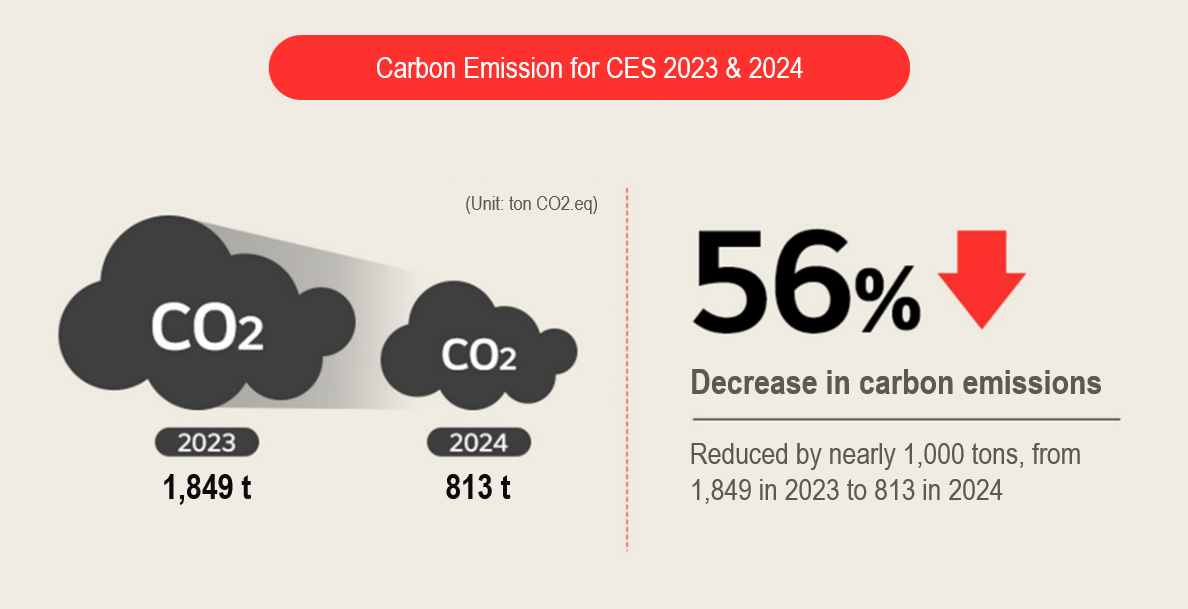
Furthermore, LG’s Sustainability Zone highlighted the company’s commitment to creating a circular economy by showcasing products incorporating recycled materials, such as the LG PuriCare AeroFurniture, LG tiiun mini, LG Styler ShoeCase and LG Styler ShoeCare.
In addition, LG unveiled the Universal UP Kit, an innovative approach aimed at enhancing the accessibility of its home appliances to all users. The kit features detachable accessories designed to improve the usability of LG appliances with the goal of ensuring a first-class user experience for consumers of all genders, ages or abilities.
# # #
1 Based on the calculation conducted in accordance with Korea Environmental Industry & Technology Institute standards (ecosq.or.kr/websquare.do#w2xPath=/ui/cer/ic/oh/ICOH110M01.xml&valVl=tabs3&menuSn=20018500).
2 Based on independent testing in Wash+Dry cycle with Dryer on Energy Saver mode, 10 lb. load (October 2023).
3 60 percent more energy efficient drying – efficiency rating as compared to the requirements for ENERGY STAR® qualification for standard electric dryers. Based on EnergyStar.gov (November 2023).
